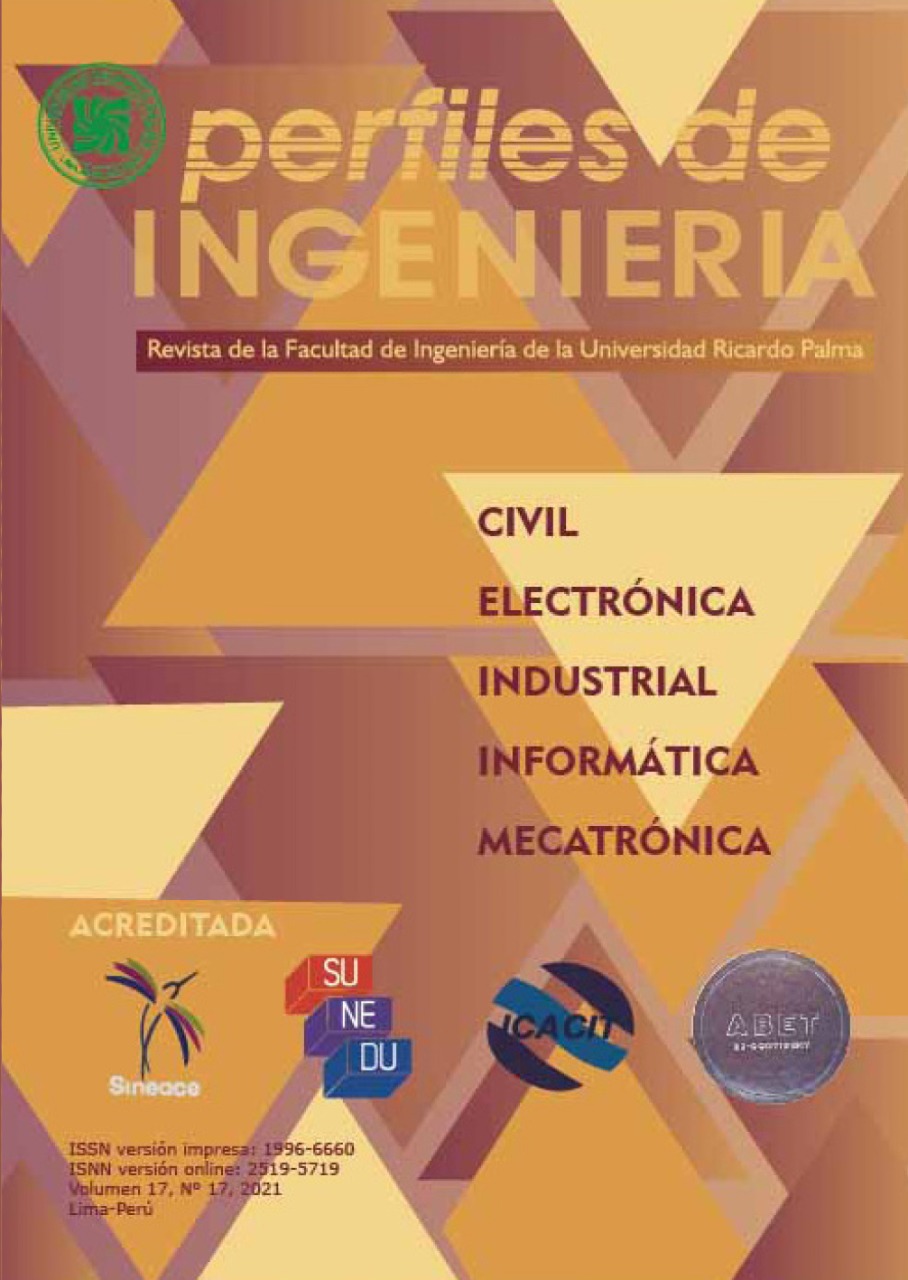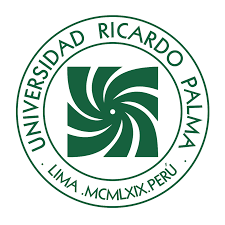Acoustic screens as a solution To noise pollution in the Benavides stop
DOI:
https://doi.org/10.31381/perfiles_ingenieria.v17i17.4573Keywords:
Acoustic screens, noise pollution, antinoise barriersAbstract
In Peru it is not common to use noise barriers as a technology to reduce excess noise pollution in different parts of the country. For this reason, the objective of this research is to propose the use of acoustic screens as a measure to reduce noise pollution in the Benavides whereabouts.
The screens can be made of concrete, metal, wood and vegetable being the most commercial and with the highest rate of reduction of decibels. The research is descriptive based on data collection and interpretation of the same in order to compare the different typologies of acoustic screens and analyze their feasibility of use compared to similar projects in which this novel technology has been used.
It is important to note that noise barriers are a widely used technology in Europe. However, at the national level and throughout South America it has not yet been implemented. Even Peru does not have a regulation that indicates its use and design to use it in projects. This limits to make use of this solution. However, it could be implemented due to the good results obtained.
Downloads
References
J. Puma, “Atenuación sonora por barreras acústicas a base de residuos orgánicos para reducir el nivel de ruido en una avenida principal, Puente Piedra, 2018”, tesis de pregrado, Universidad César Vallejo, 2018 [En línea]. Disponible en: https://bit.ly/3pF0sqB [Accedido: 30-dic-2021]
Resumen UNE EN 14388 “Dispositivos de reducción de ruido de tráfico de carreteras. Especificaciones”, Asebal [En línea]. Disponible en: https://bit.ly/3FGHaXf [Accedido: 30-dic-2021]
Resumen UNE EN 1793-1 “Características relativas a la absorción acústica”, Asebal [En línea]. Disponible en: https://bit.ly/32QnVfz [Accedido: 30-dic-2021]
Resumen UNE EN 1793-2 “Características intrínsecas relativas al aislamiento al ruido aéreo”, Asebal [En línea]. Disponible en: https://bit.ly/32Floox [Accedido: 30-dic-2021]
Resumen UNE EN 1794-1 “Comportamiento mecánico y requisitos de estabilidad”, Asebal [En línea]. Disponible en: https://bit.ly/3JmXK0C [Accedido: 30-dic-2021]
Resumen UNE EN 1794-2 “Requisitos en relación con la seguridad general y el medio ambiente”, Asebal [En línea]. Disponible en: https://bit.ly/3qxSEpT [Accedido: 30-dic-2021]
R. Quirós, “Estudio de pantallas acústicas elaboradas a partir de green composites”, tesis de maestría, Universidad Politécnica de Valencia, 2013 [En línea]. Disponible en: https://bit.ly/3sLqQkG [Accedido: 30-dic-2021]
“Pantalla Acústica Metálica”, Insametal, 2021. [En línea]. Disponible en: https://insametal.es/pantalla-acustica-metalica/ [Accedido: 30-dic-2021]
M. Serrano, L. Abad, R. Magro, y T. García, “Estudio de la tipología de las pantallas acústicas. Normativa y estado del arte”, Tecnología y desarrollo, vol. 7, pp. 1-44, 2009 [En línea]. Disponible en: https://bit.ly/3ezCh6v [Accedido: 30-dic-2021]
L. Romero, D. Bravo, y C. Tufiño, “Contaminación sonora en el paradero Benavides en la ciudad de lima y la afectación en poblaciones aledañas (horario diurno)”, 2017 [En línea]. Disponible en: https://bit.ly/33YQgAG [Accedido: 30-dic-2021]
Downloads
Published
How to Cite
Issue
Section
License
Copyright (c) 2021 Yeampier Iñigo Pozo, Lucero Romero Santos, Esther Vargas Chang

This work is licensed under a Creative Commons Attribution 4.0 International License.
In the event that the manuscript is approved for its next publication, the authors retain the copyright and assign to the journal the right of publication, edition, reproduction, distribution, exhibition and communication in the country of origin, as well as in the abroad, through print and electronic media in different databases. Therefore, it is established that after the publication of the articles, the authors may make other types of independent or additional agreements for the non-exclusive dissemination of the version of the article published in this journal (publication in books or institutional repositories), provided that it is explicitly indicated that the work has been published for the first time in this journal.
To record this procedure, the author must complete the following forms:

1.png)








